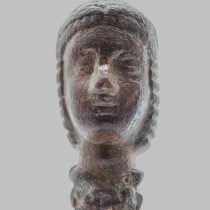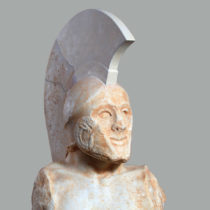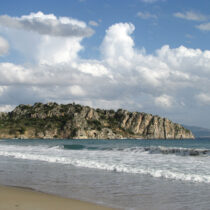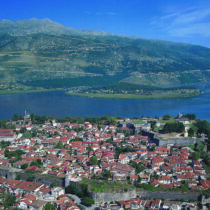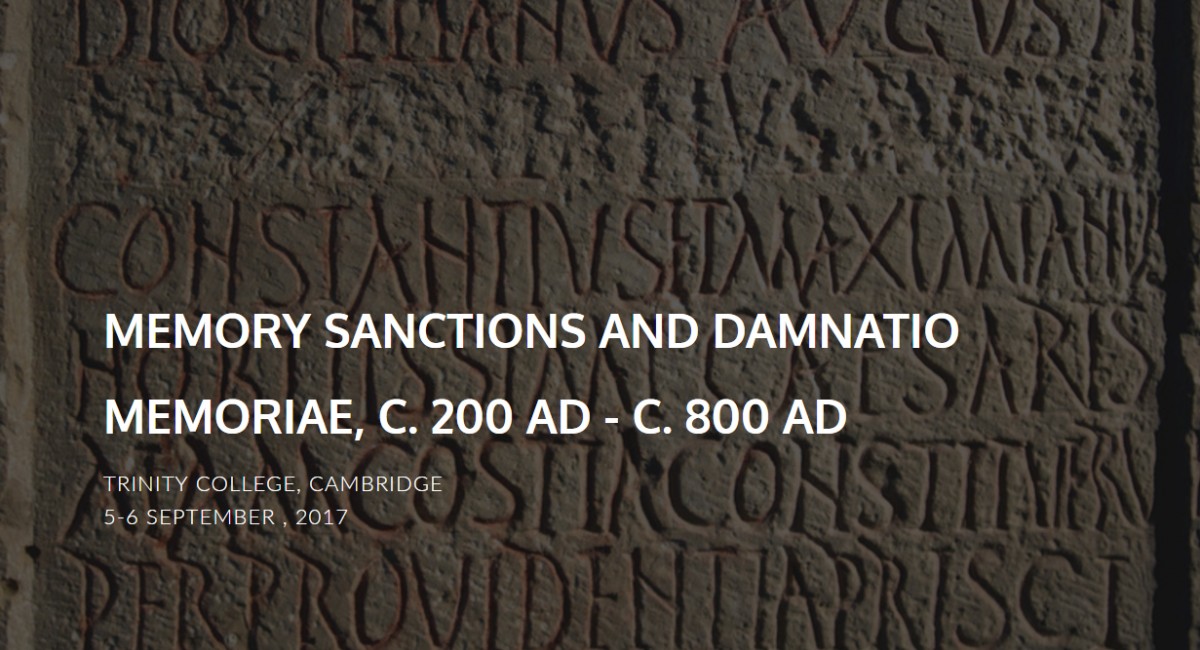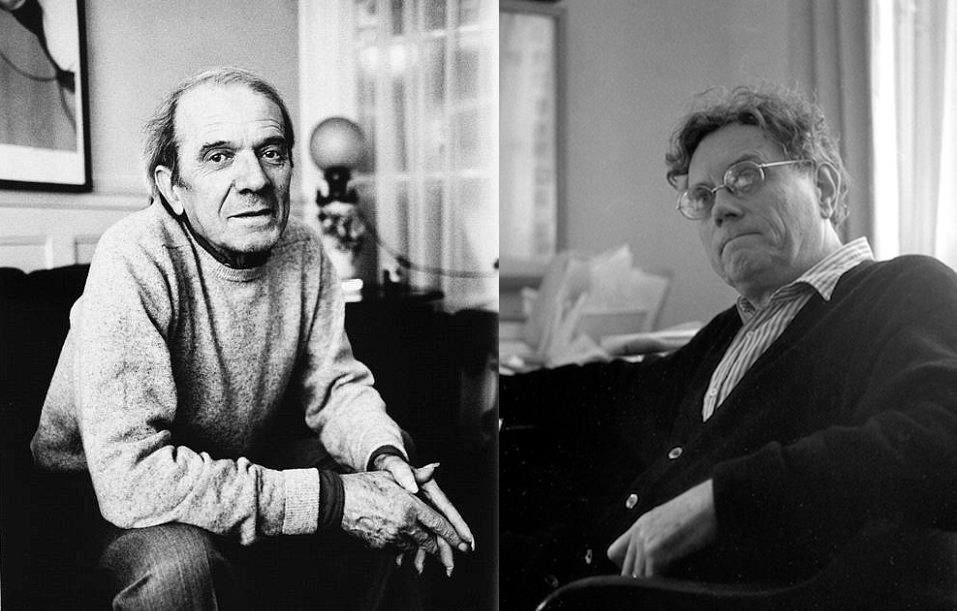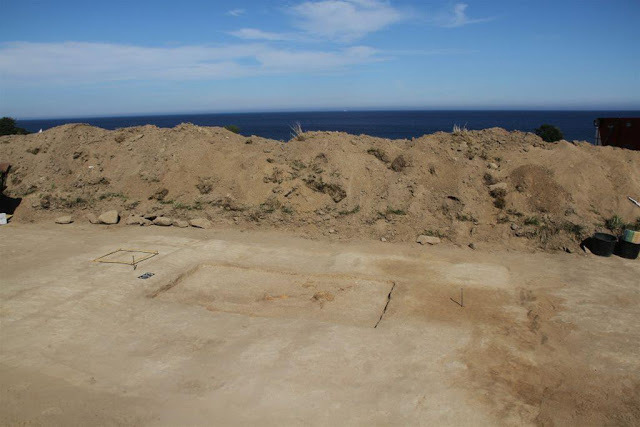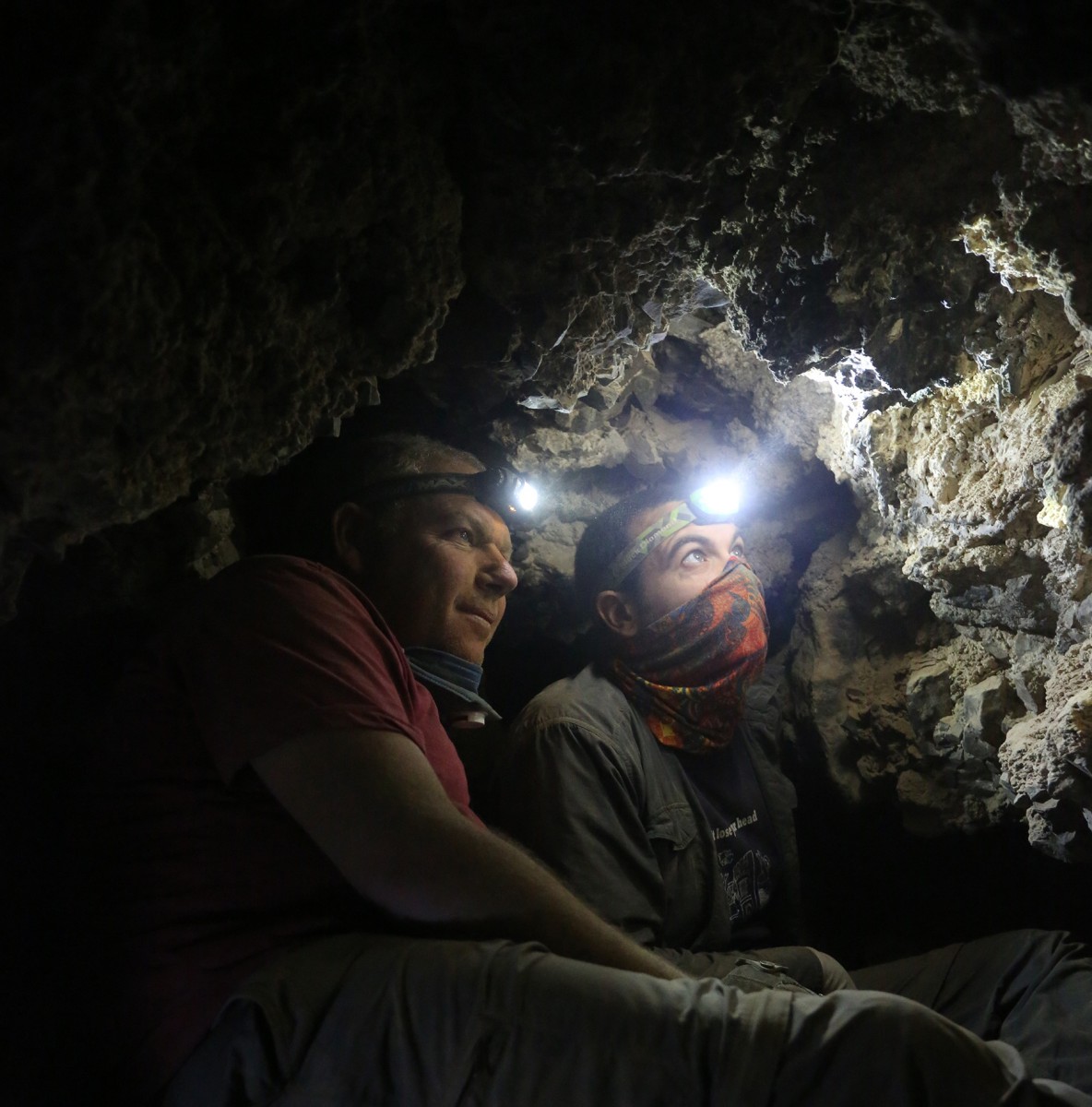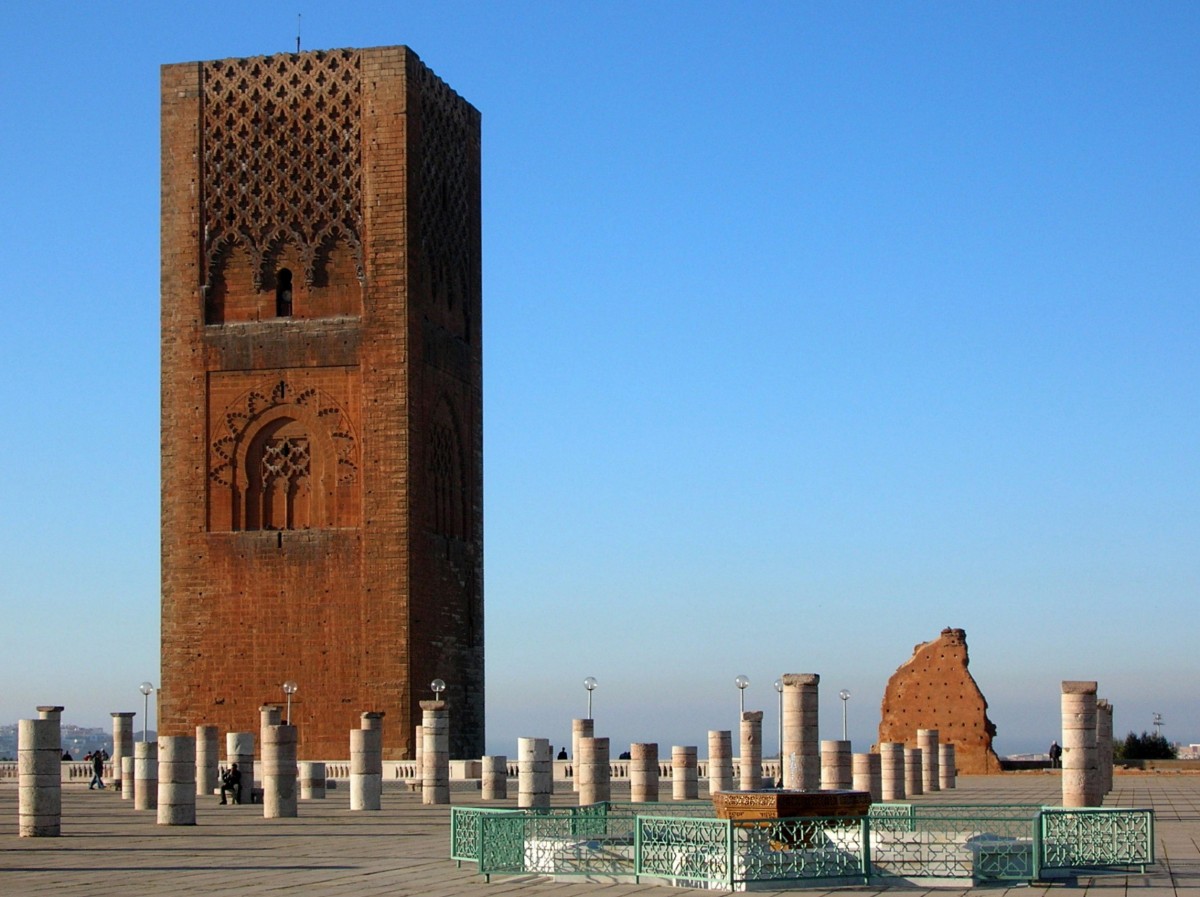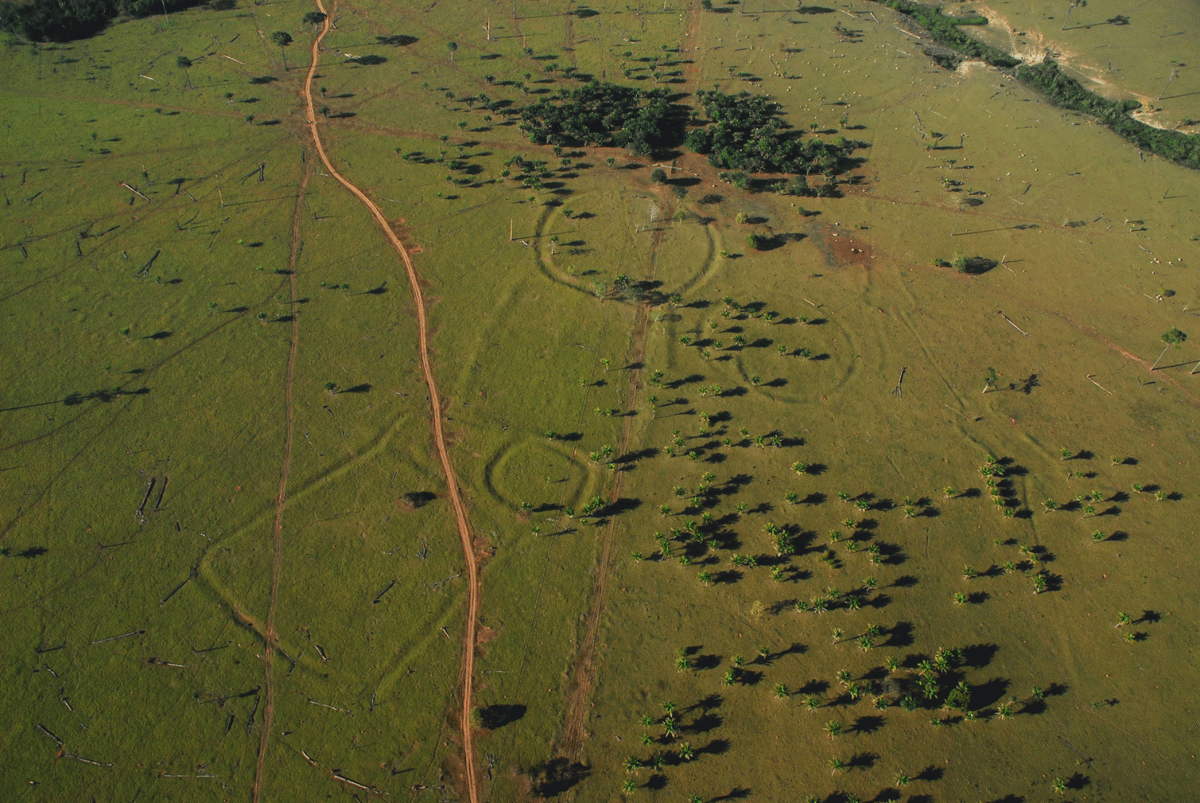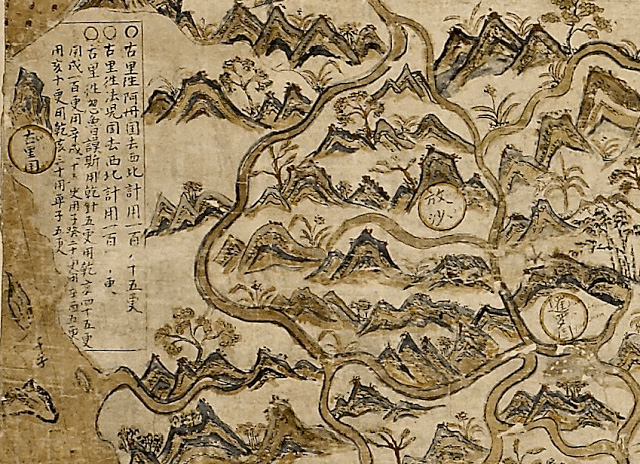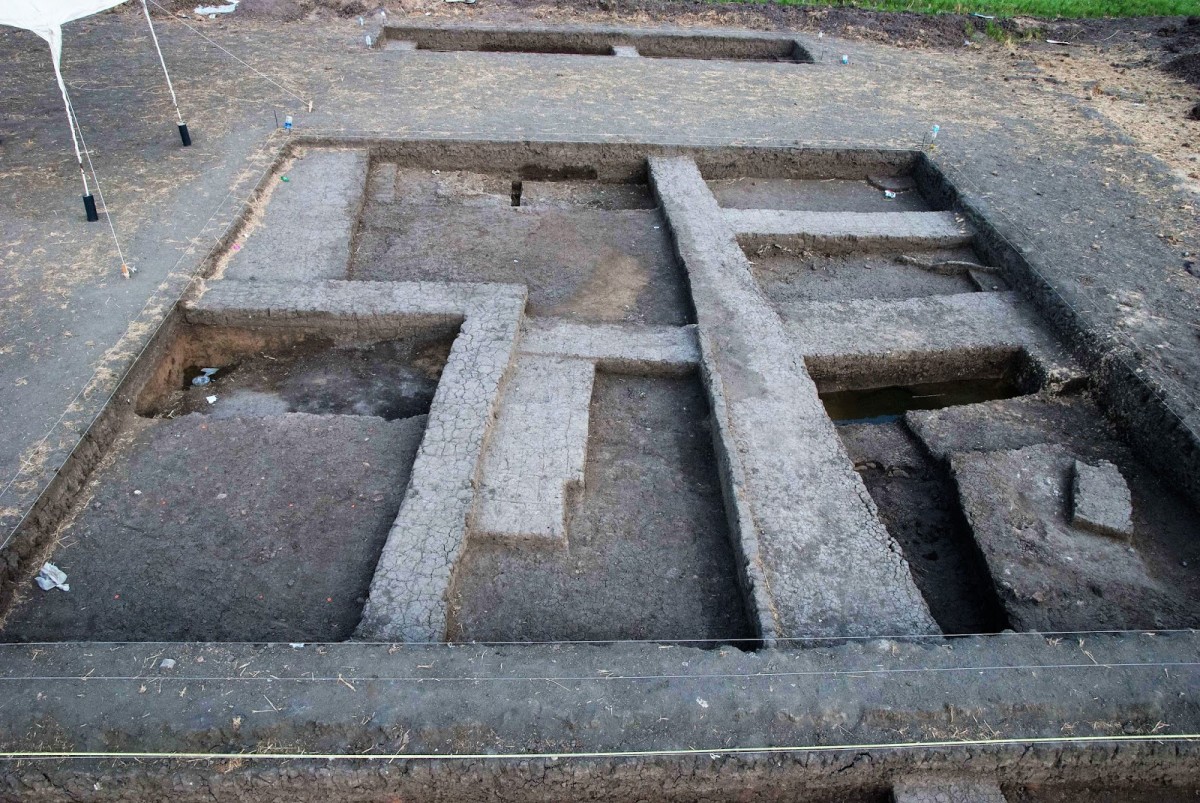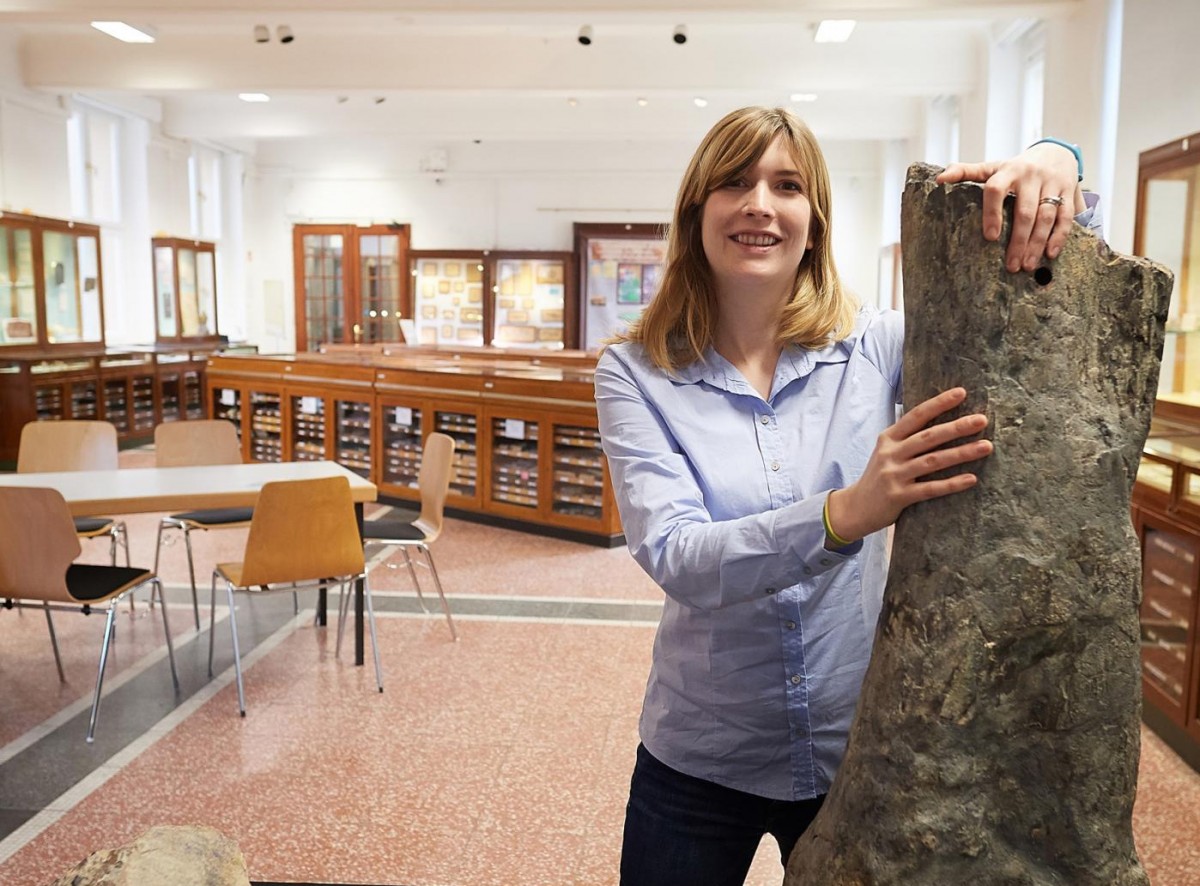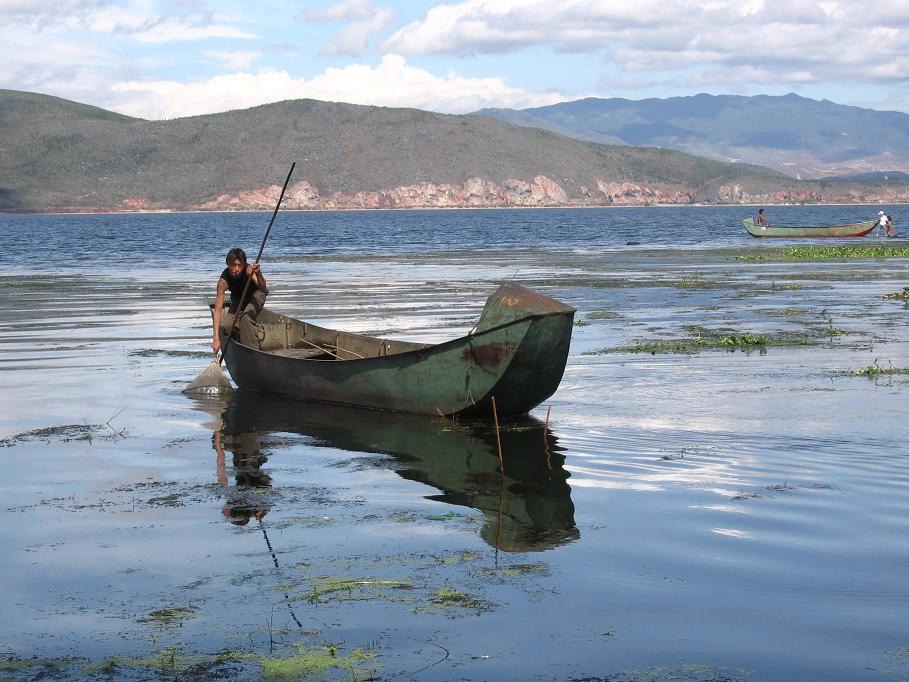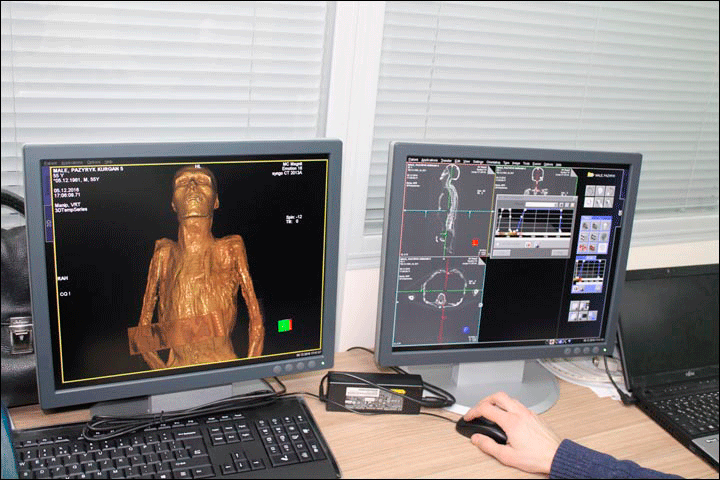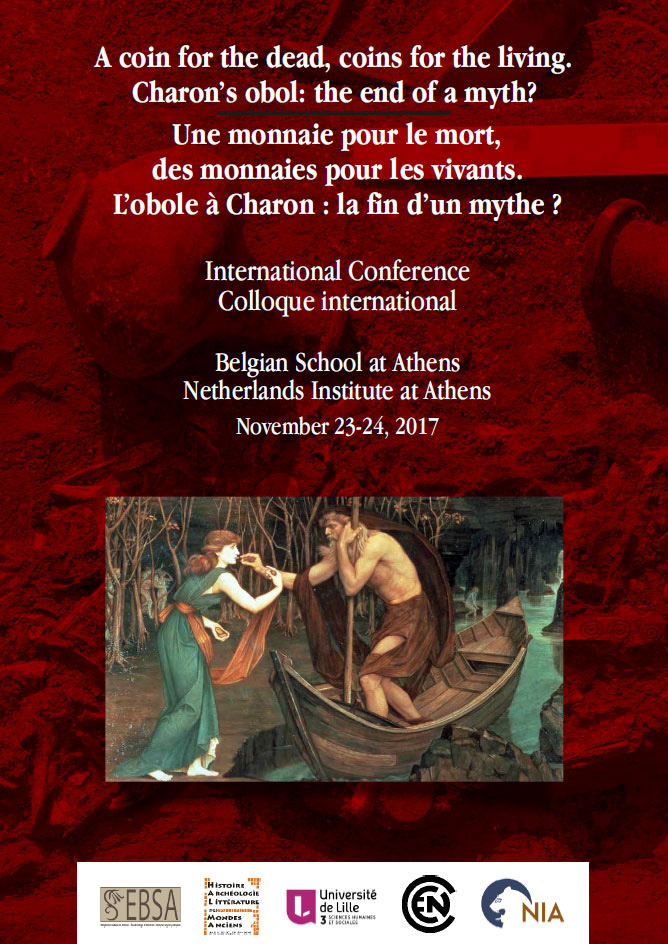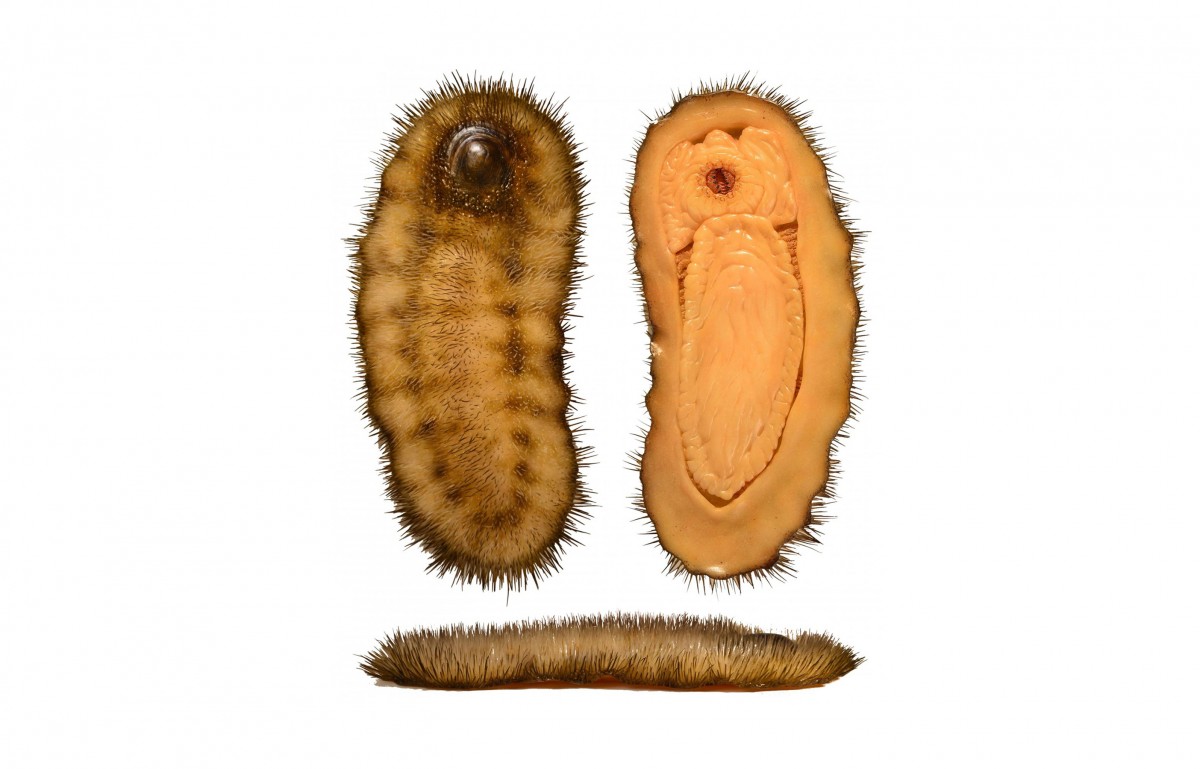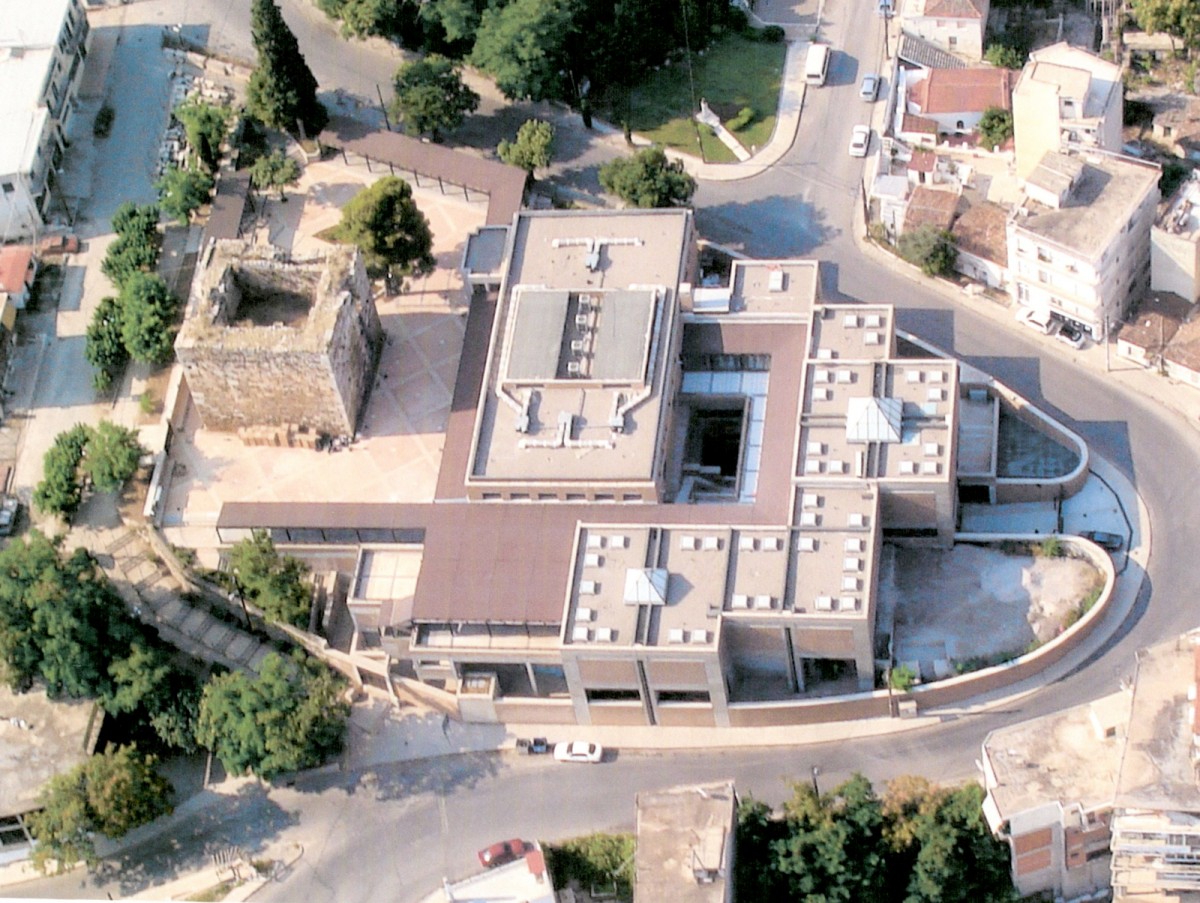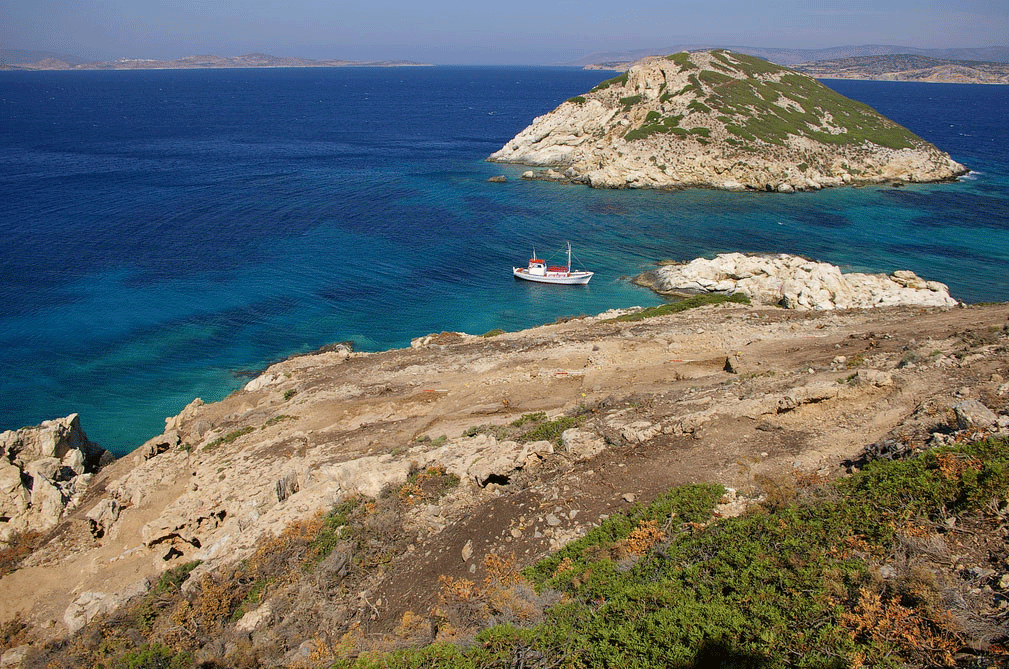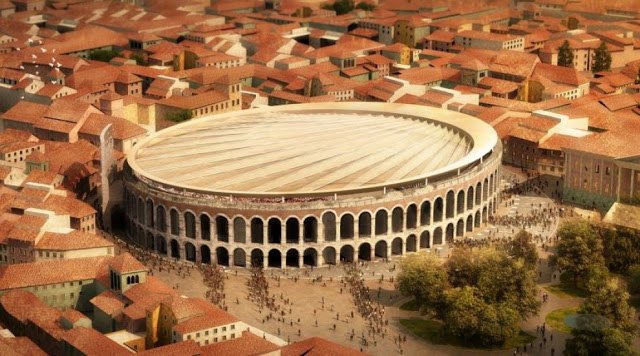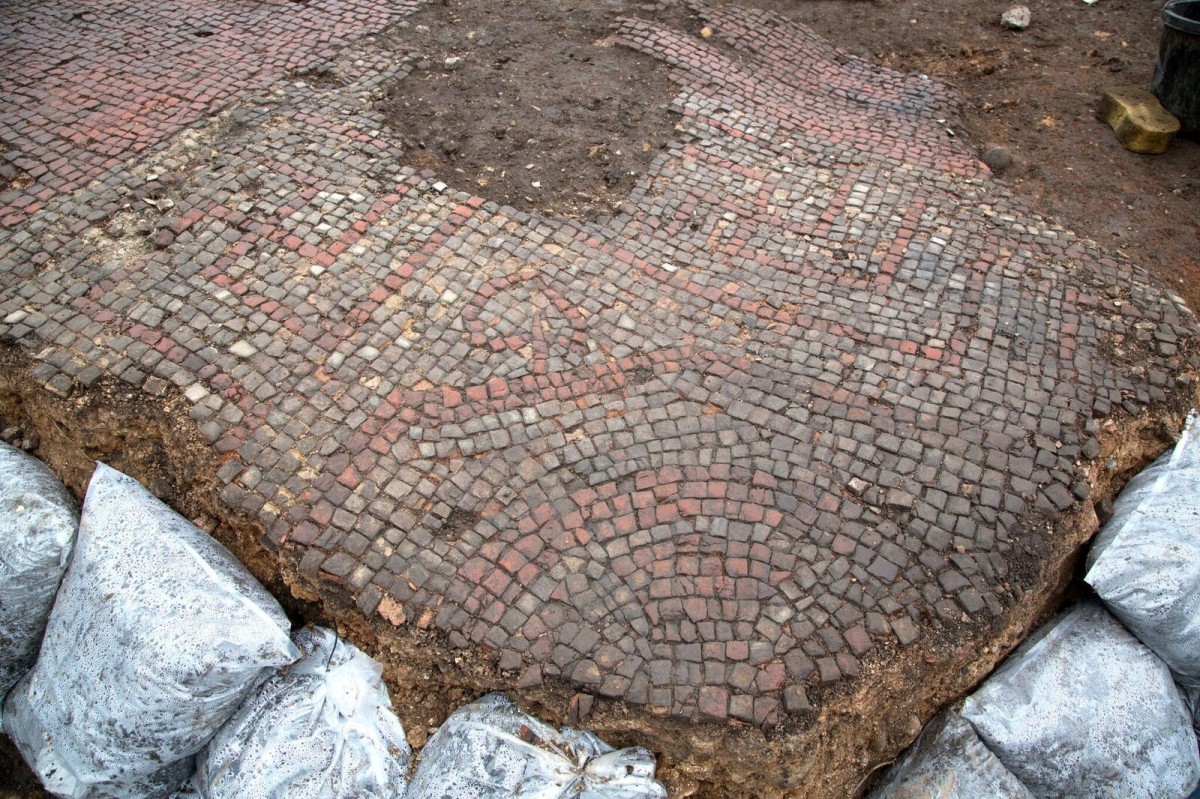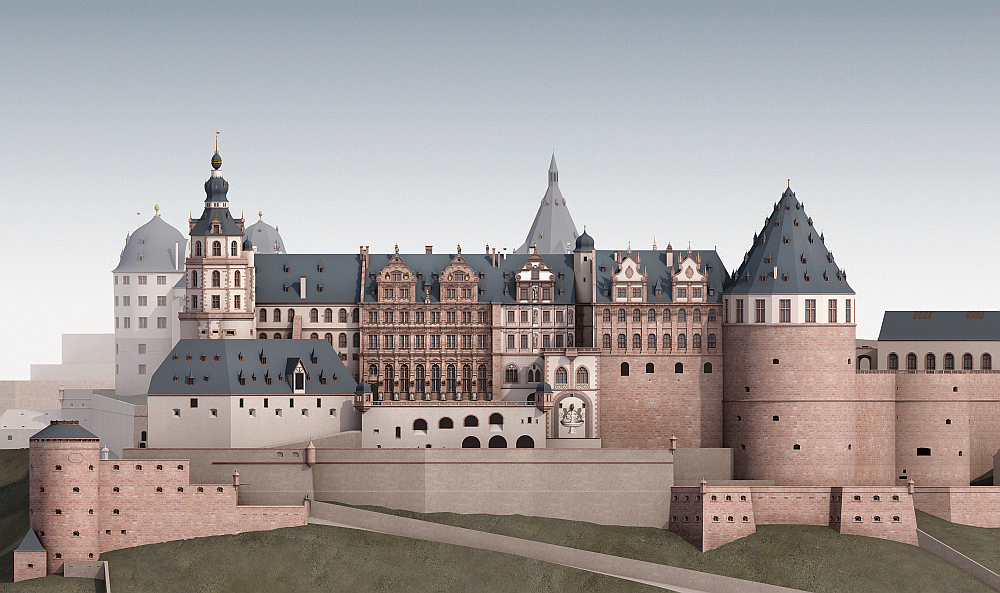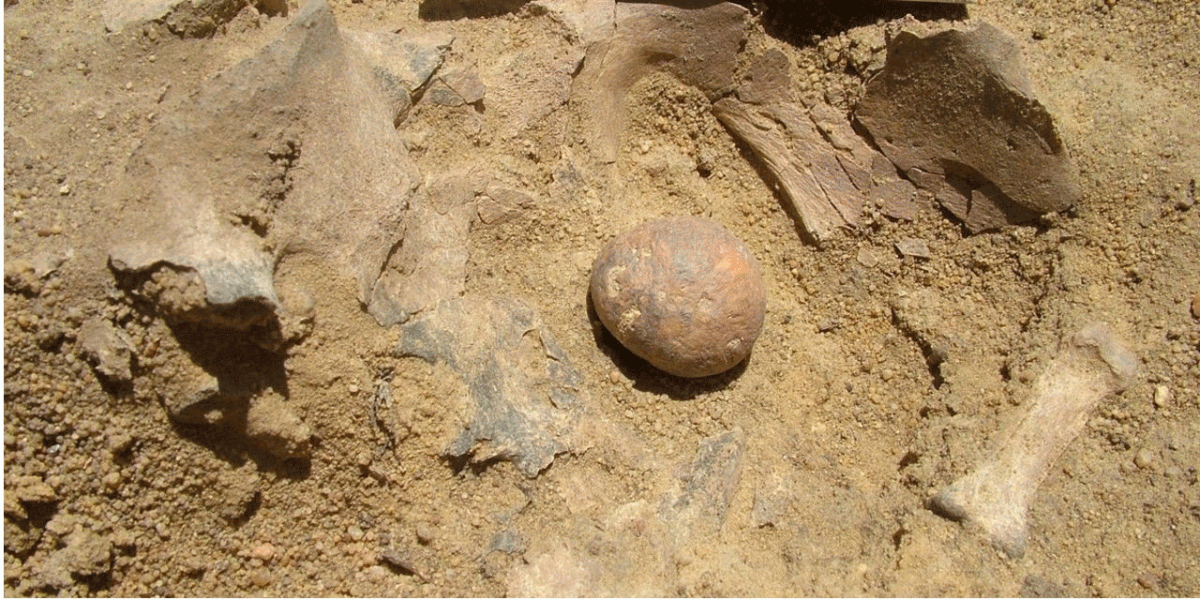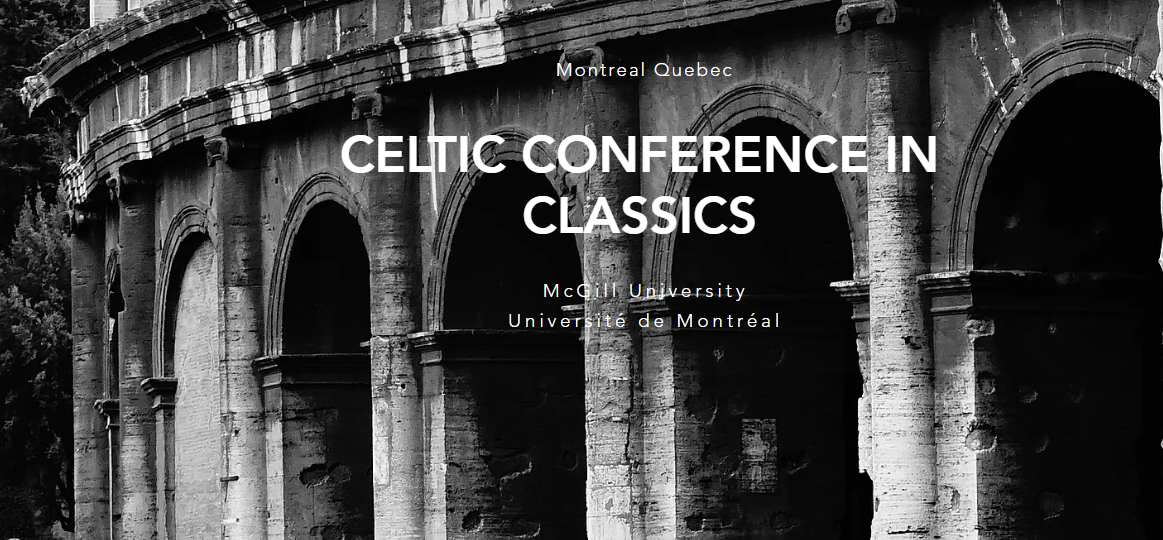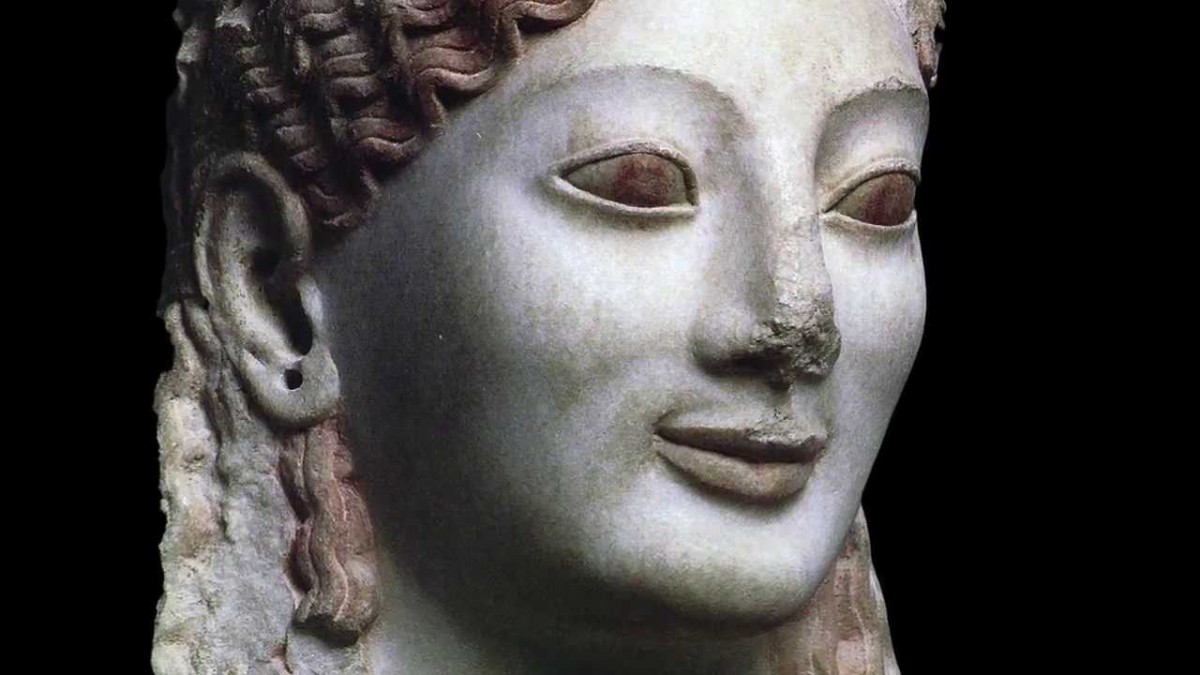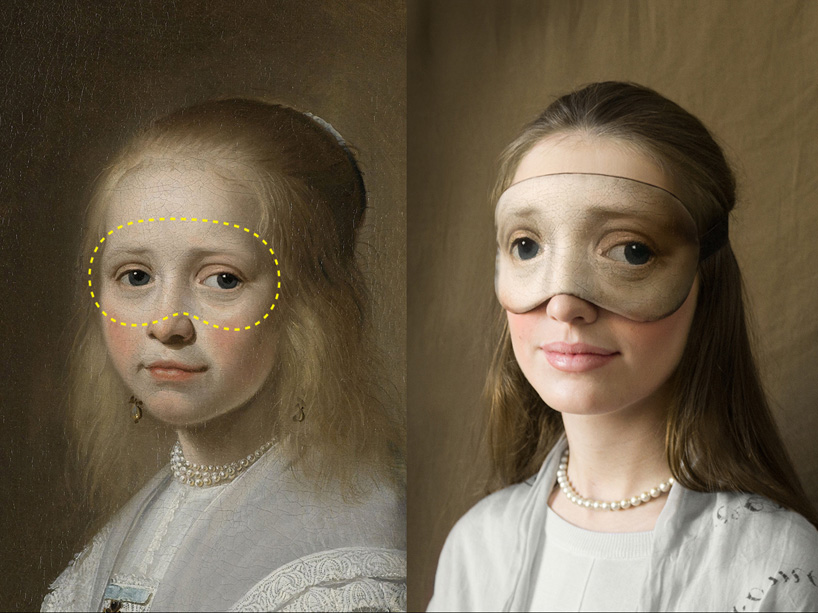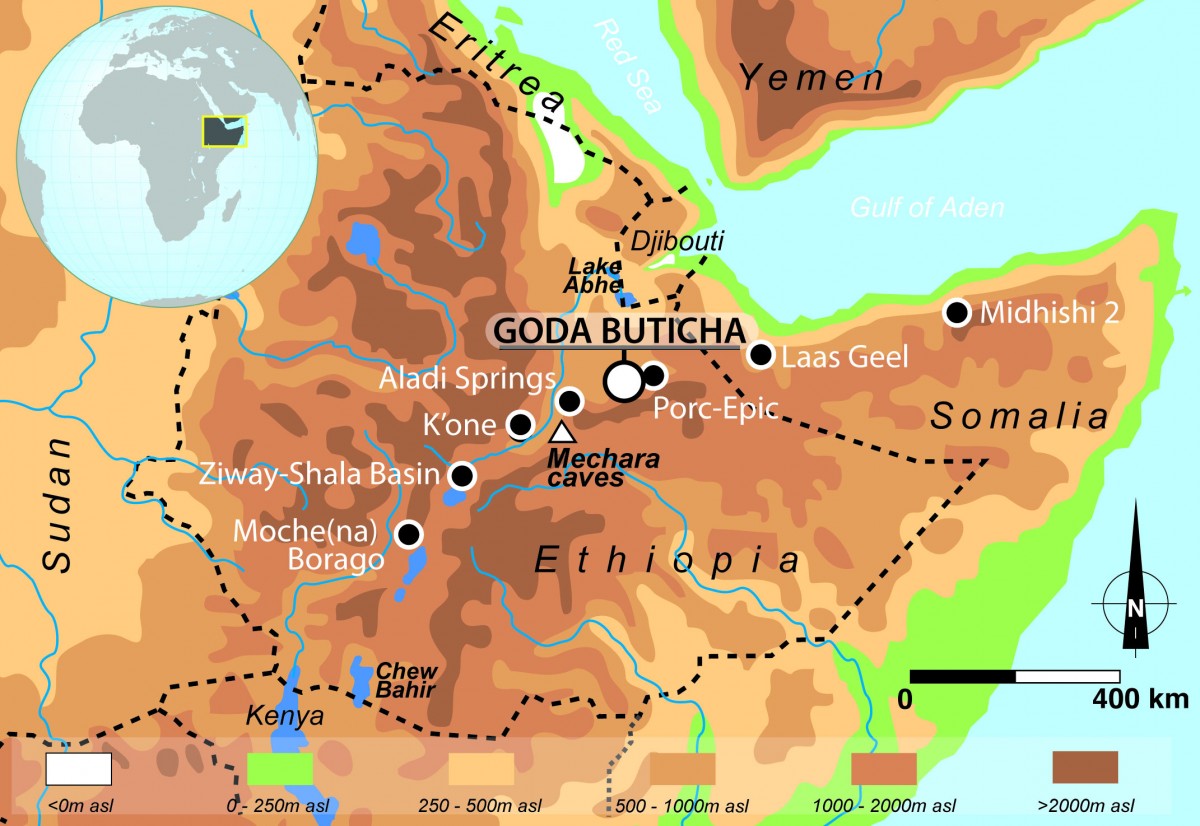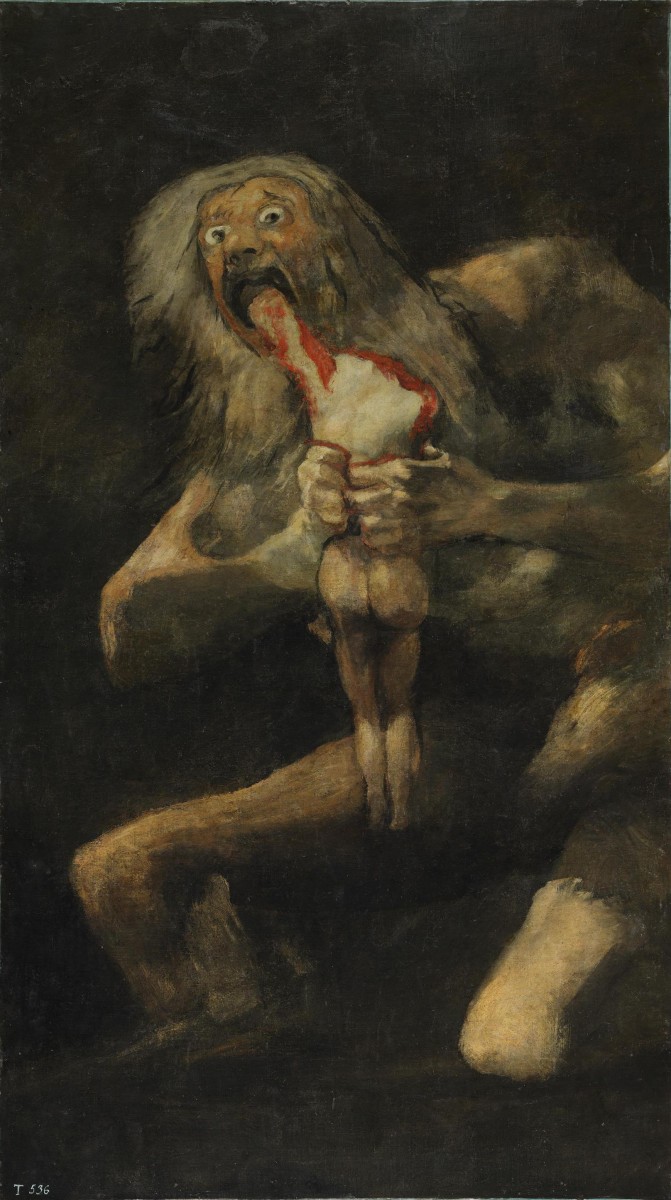Memory sanctions and ‘damnatio memoriae’, c. 200AD – c. 800AD
This conference aims to bring together an interdisciplinary group of scholars to bridge the gap between Roman and medieval practices of memory sanction.
Deterritorializing Classics: Deleuze, Guattari, and their Philological Discontents
This panel asks how these two thinkers might aid us in “deterritorializing” classics—unraveling its entrenched structures, hermeneutics, and habits.
Elite burials discovered on Danish island of Bornholm
The research may also contribute to the knowledge of the socio-cultural situation on the island in the beginning of the Viking period.
Archaeologists find 12th Dead Sea scrolls cave
Hebrew University archaeologists working near the Dead Sea have found a cave that previously contained Dead Sea scrolls, which were looted in the middle of the 20th century.
ICOM-CIMUSET 45th Annual Conference
Conference dedicated to the study of industrial heritage issues and aspects.
Previously hidden ancient earthworks in the Amazon revealed
Ancient earthworks built in the Amazon have been revealed due to deforestation and modern technologies.
Scientists unlock secrets of oldest surviving global trade map
The origins and secrets of the 17th Century 'Selden Map of China' – the world's oldest surviving merchant map – have been revealed by scientists using state-of-the-art imaging techniques.
New finds in Pi-Ramesses
Colourful wall-paintings, mortar-pits with feet impressions of children and moulds for royal amulets were discovered in Pi-Ramesses ancient city.
Dinosaurs: Juvenile, adult or senior?
Palaeontologists at the University of Bonn estimate by means of bone structures whether a particular dinosaur fossil is a young, adult or very old animal.
Shifting monsoon altered early cultures in China
The monsoon’s changes over the past 10,000 years likely altered the course of early human cultures in China.
Mummified pair from Siberia grave to be re-examined
A mummified pair unearthed from a grave in Siberia 68 years ago is examined with new technologies yielding details and new information.
A coin for the dead, coins for the living
This conference will be held at the Belgian School at Athens/Netherlands Institute at Athens on November 23-24, 2017.
This spiny slug blazed a trail for snails
Reach back far enough in the family tree of a snail or a clam and you’ll find a spiny little slug with tiny teeth, wearing a helmet.
The New Archaeological Museum of Thebes
The Thebes museum now constitutes the main cultural hub of the town and a significant tourist attraction, playing an important role in the growth both of Thebes and the whole of Boeotia.
New discoveries on Bronze Age site in the Cyclades
Archaeologists have discovered an ancient staircase and causeway linking two parts of the site on the Greek island of Keros, in the Cyclades.
A New Roof for the Historical Arena di Verona
schlaich bergermann partner and gmp Architekten von Gerkan Marg und Partner are the winners of an International Competition of Ideas to cover the Verona Arena, the city's ancient Roman Amphitheatre.
Roman house with ornate mosaic and hypocaust discovered in Leicester
‘Fantastic mosaic’ and home with underfloor heating among new evidence discovered from Leicester’s Roman past.
Heidelberg Castle Revisited
Architectural historian Julian Hanschke of the Karlsruhe Institute of Technology has digitally reconstructed Heidelberg Castle. In his reconstruction every small detail is based on historical sources.
Oldest prostate stones found in Sudan prehistoric cemetery
Findings from a prehistoric site in Sudan show that prostate stones is a condition that tormented man as early as 12,000 years ago.
Diversity in Classics
The 2017 Annual Meeting of the Women's Classical Committee seeks to highlight current feminist and gender-informed research in classical studies, and to discuss issues facing women in Classics.
Masterpieces never sleep
Lesha Limonov came up with a unique and fascinating idea for the International Rijksstudio Award 2017...
Ethiopian site sheds new light on human behaviour in the Middle and Late Stone Age
Recent sedimentological and dating results from the sequence of Goda Buticha cave, southeastern Ethiopia, yield new data on human occupation of the region during the period 65,000 to 1,000 years ago.
Violence in humans has some deep evolutionary roots
'Are humans naturally violent, as Hobbes said, or peaceful beings to whom civilization corrupts, as Rousseau suggested?'
